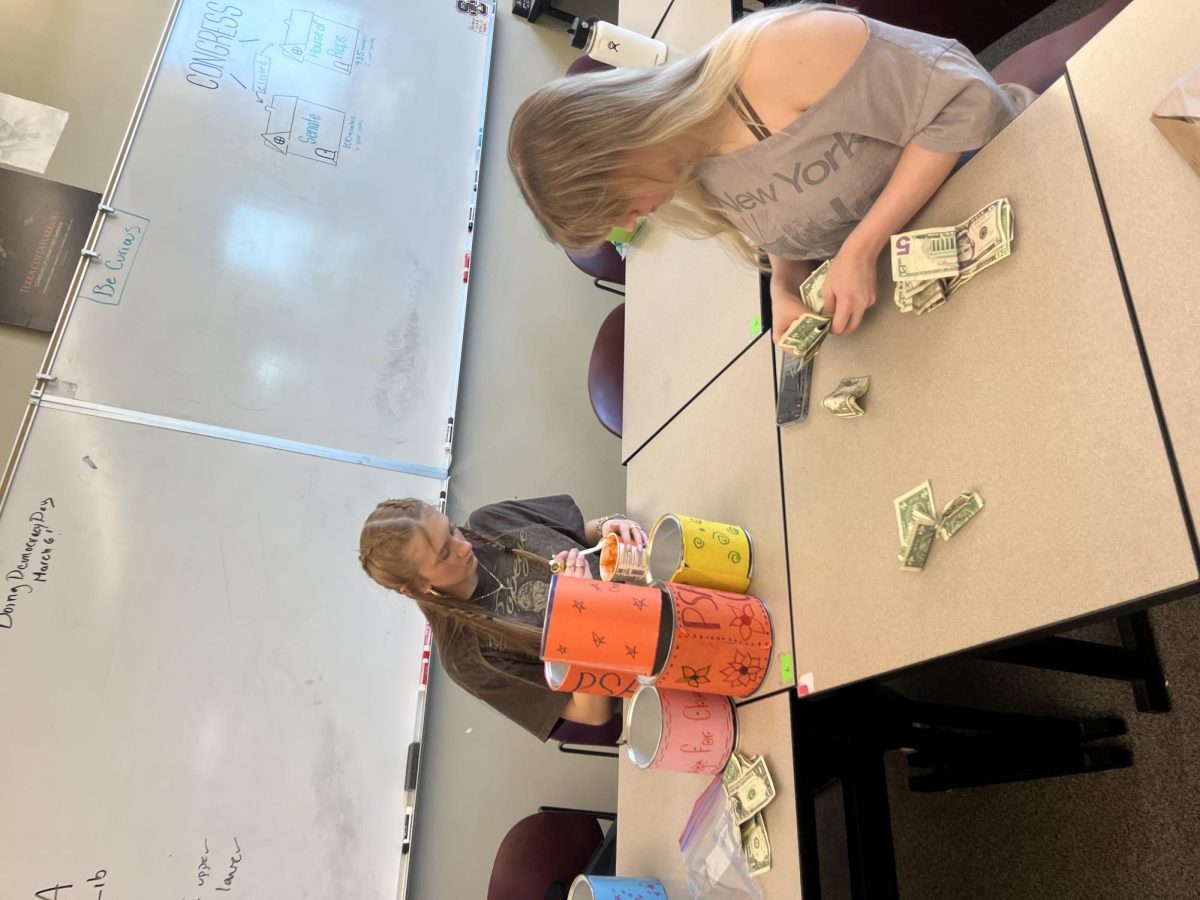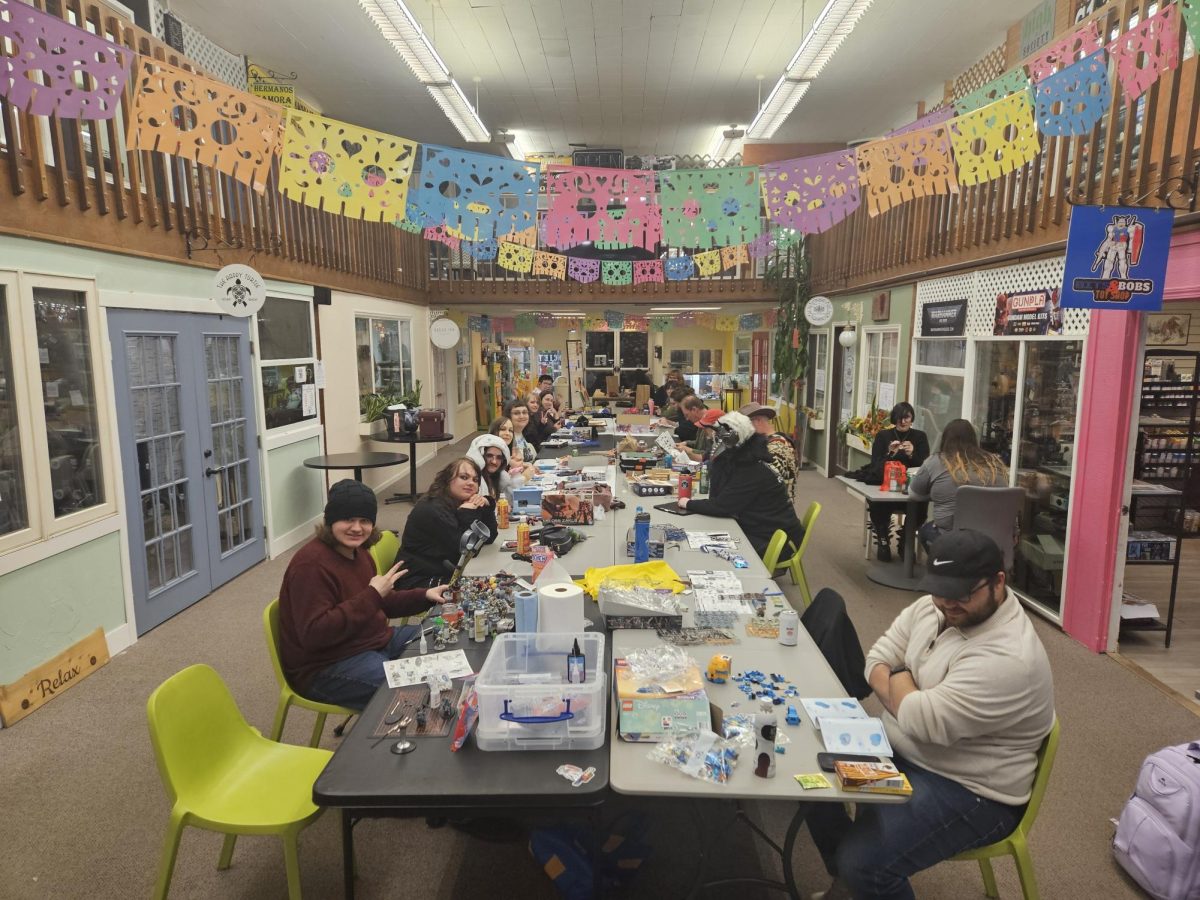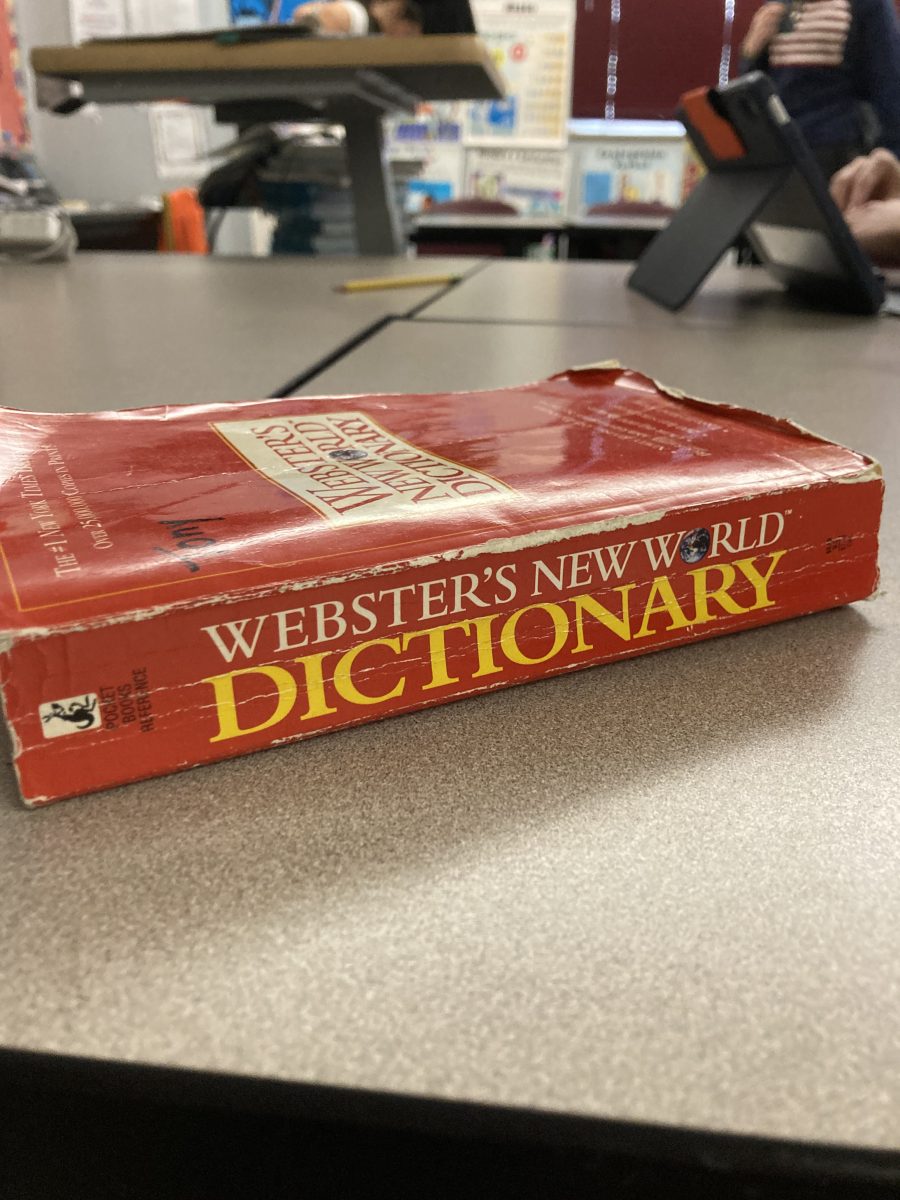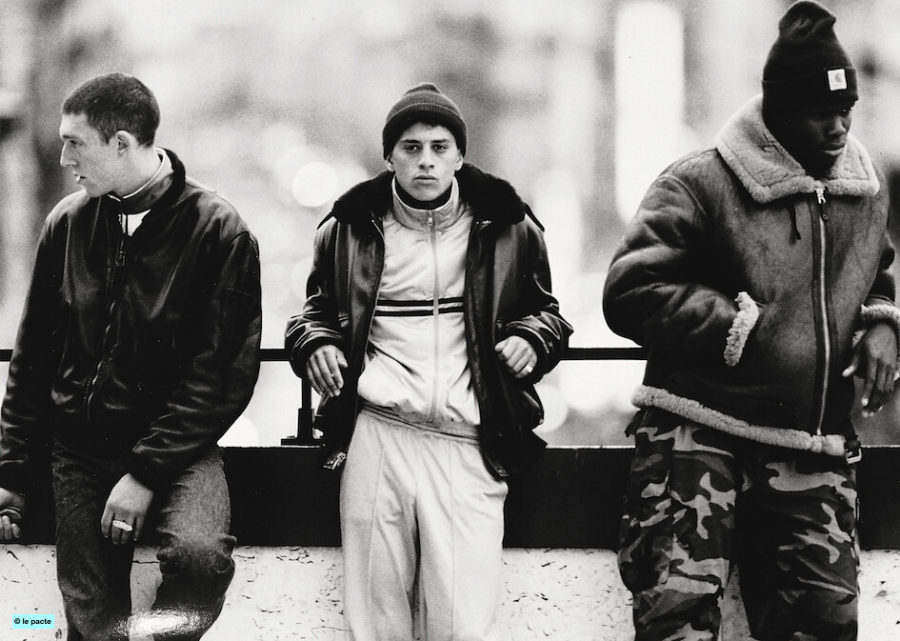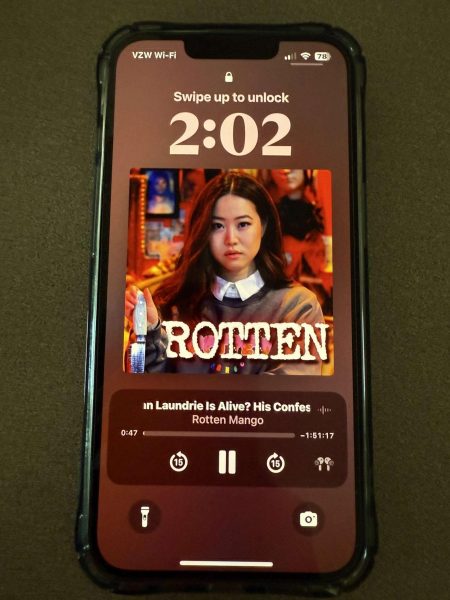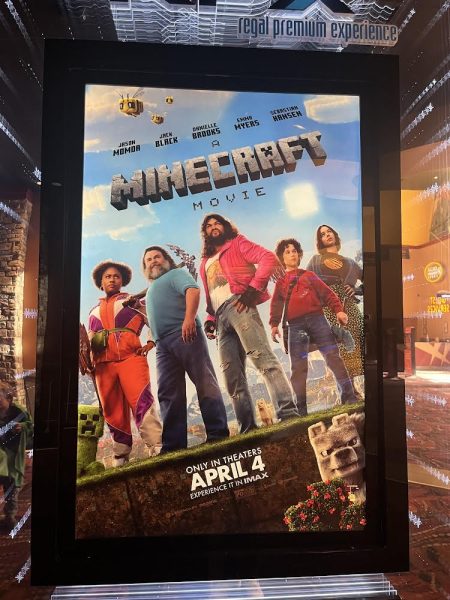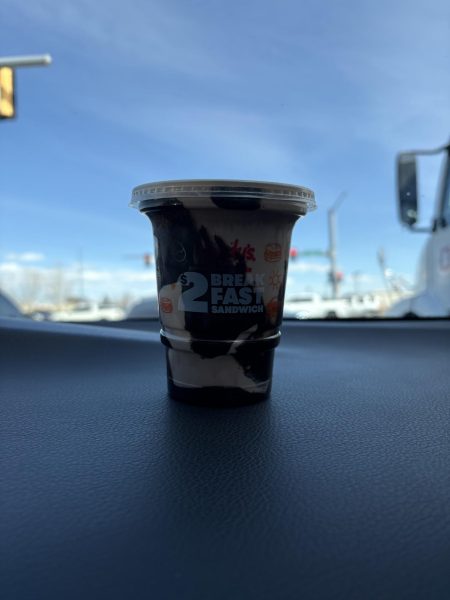La Haine Review: French Cult Classic
Photo courtesy of Creative Commons
Left: Vincent Cassel (Vinz) Center: Saïd Taghmaoui (Saïd) Right: Hubert Koundé (Hubert)
‘La Haine’ – Directed by Mathieu Kassovits – Drama – 1hr 38m – 10/10
A low budget independent film turned international masterpiece.
Released in 1995, the French film ‘La Haine’ covers a 24 hour period, following three young men from a poor area of Paris, all of whom are immigrants from another country. Actors Vincent Cassel, Hubert Koundé, and Saïd Taghmaoui all play characters that use their real first name. After a riot occurred at a police station, one of their friends Abdel Ichaha was arrested and hospitalized while in police custody. The characters spend their time trying to deal with the emotional distraught that this event brought them, knowing that they can’t retaliate and that Abdel may die.
According to the British Film Institute, writer and director Mathieu Kassovits began writing the script after French teenager Makome M’Bowole was shot and killed in police custody in 1993. The film tells the story of those who feel as if they are treated unfairly by those around them, as well as the police force. These combine to make the characters feel as if they are stuck in one place in their world.
The three main characters don’t only represent animosity between the police and the lower class, but also between ethnicities and beliefs. The main characters find themselves being treated unfairly not only by the police because of their reputation, but also by other Frenchmen due to their culture and race. The characters are on both ends of poor human nature, and find it hard to decide to retaliate against those who have wronged them or to make the right choices. The name of the film comes from a line from Hubert Koundé, who plays Hubert in the film. He says “La haine attire la haine,” which translates to ‘hatred breeds hatred’.
The story is told with brilliant black and white cinematography, where every shot could be its own brilliant photograph. Handheld and longer shots are used to give the viewer a feel of immersion into the film as well. Each scene leads directly into the next, never leaving the viewer bored, and not letting them know what is next. The dialogue and actions of the characters are brilliant as well, showing their ups and downs as friends as well as how they interact with the people around them.
Despite it only being his second full-length film and being made on a small budget, Kassovits managed to create a masterpiece that became a cult classic and gives commentary on society and human interaction that is still relevant today.

Ben Hrubesky is a senior and this is his first year taking journalism. He wanted to take this course because he believes it may be something that he wants...

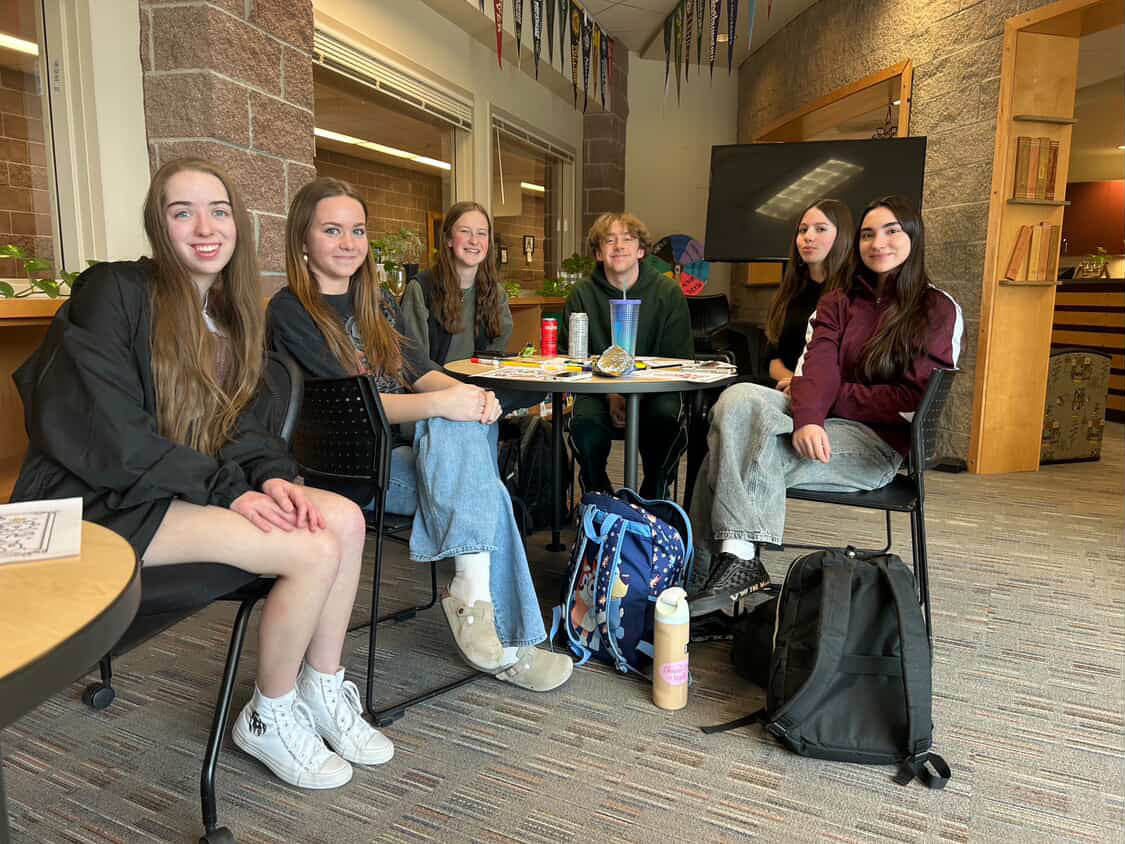
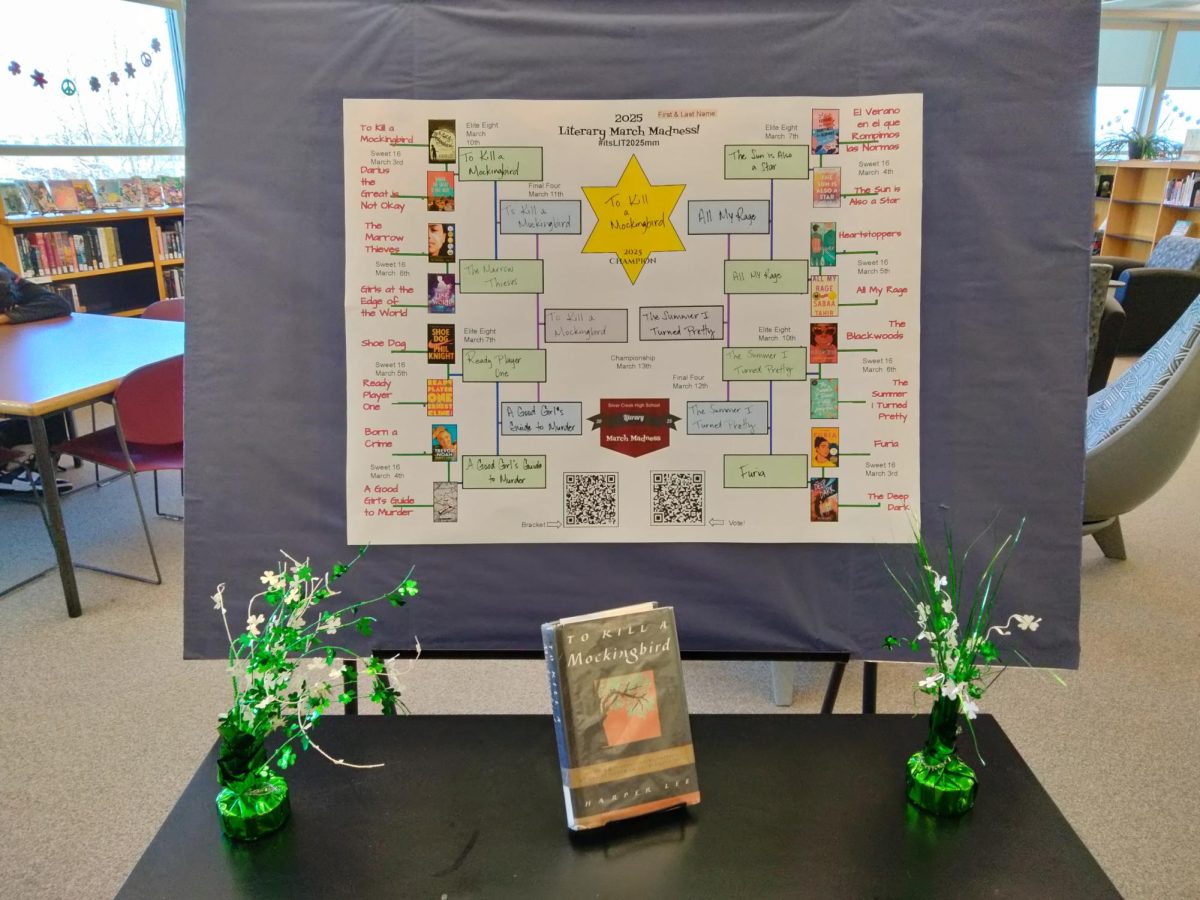
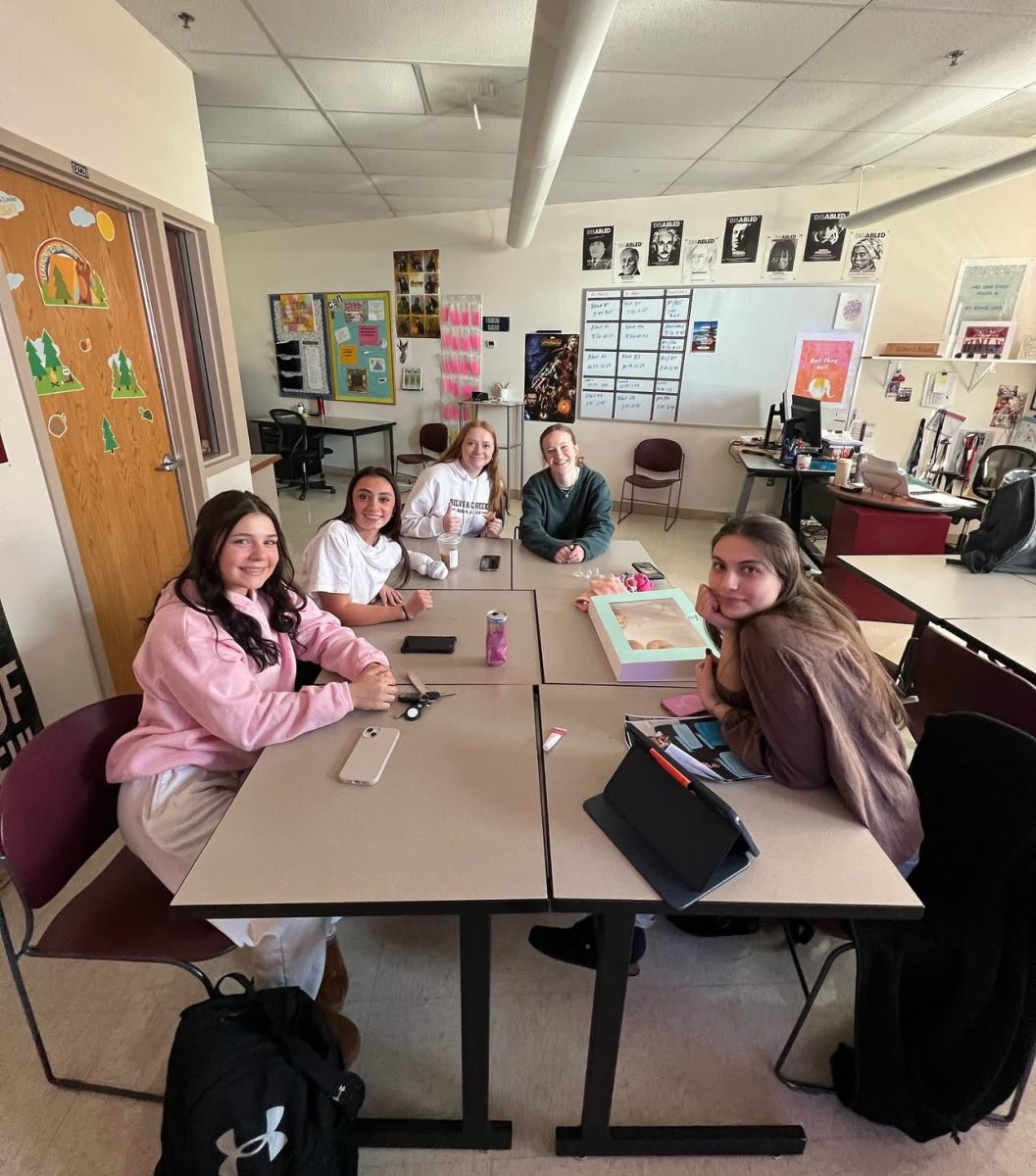





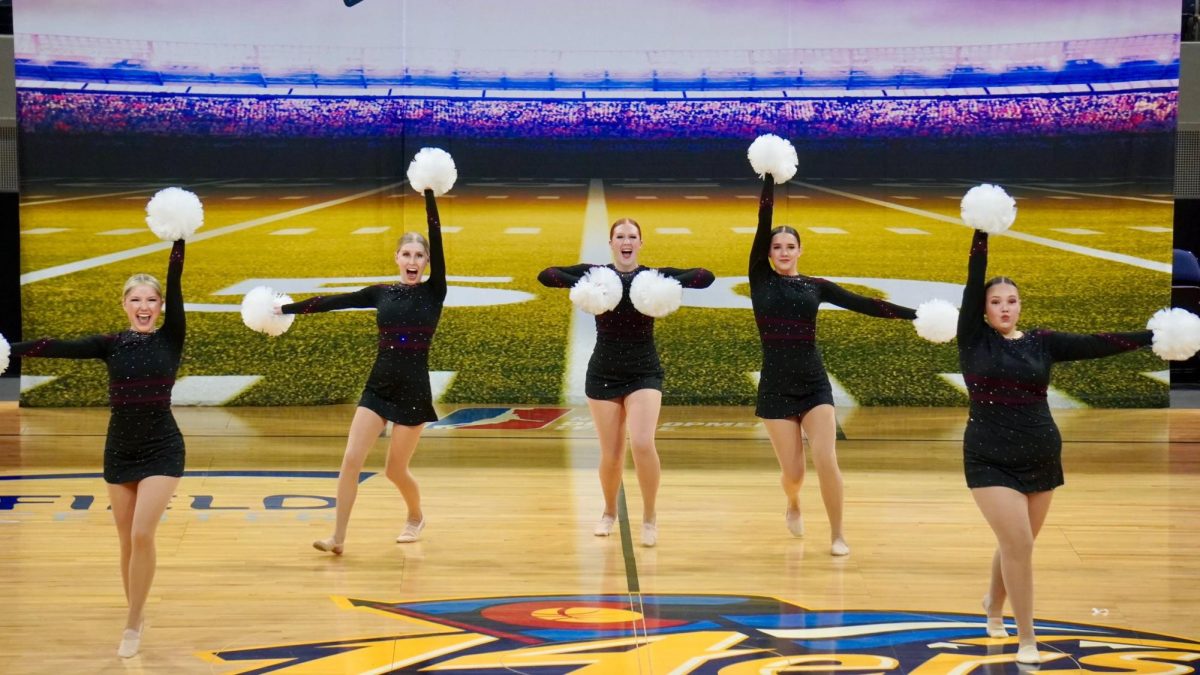
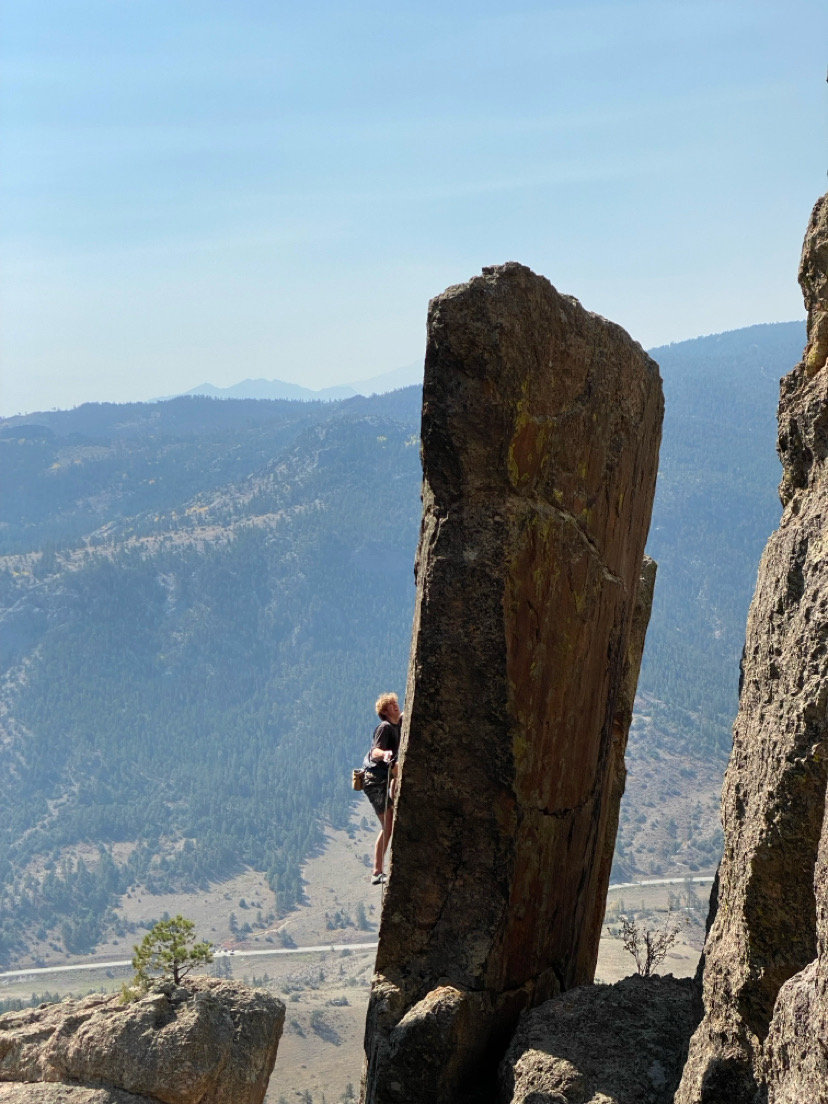
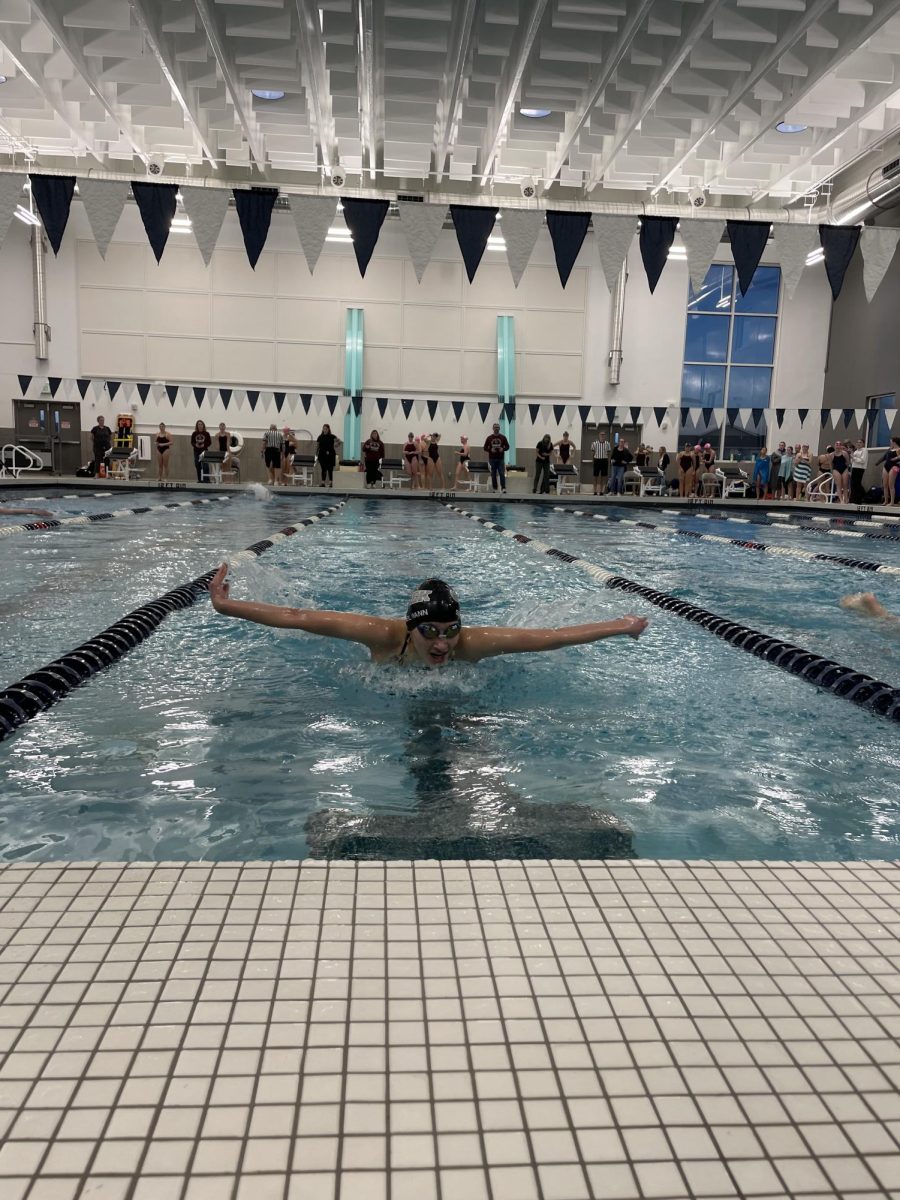

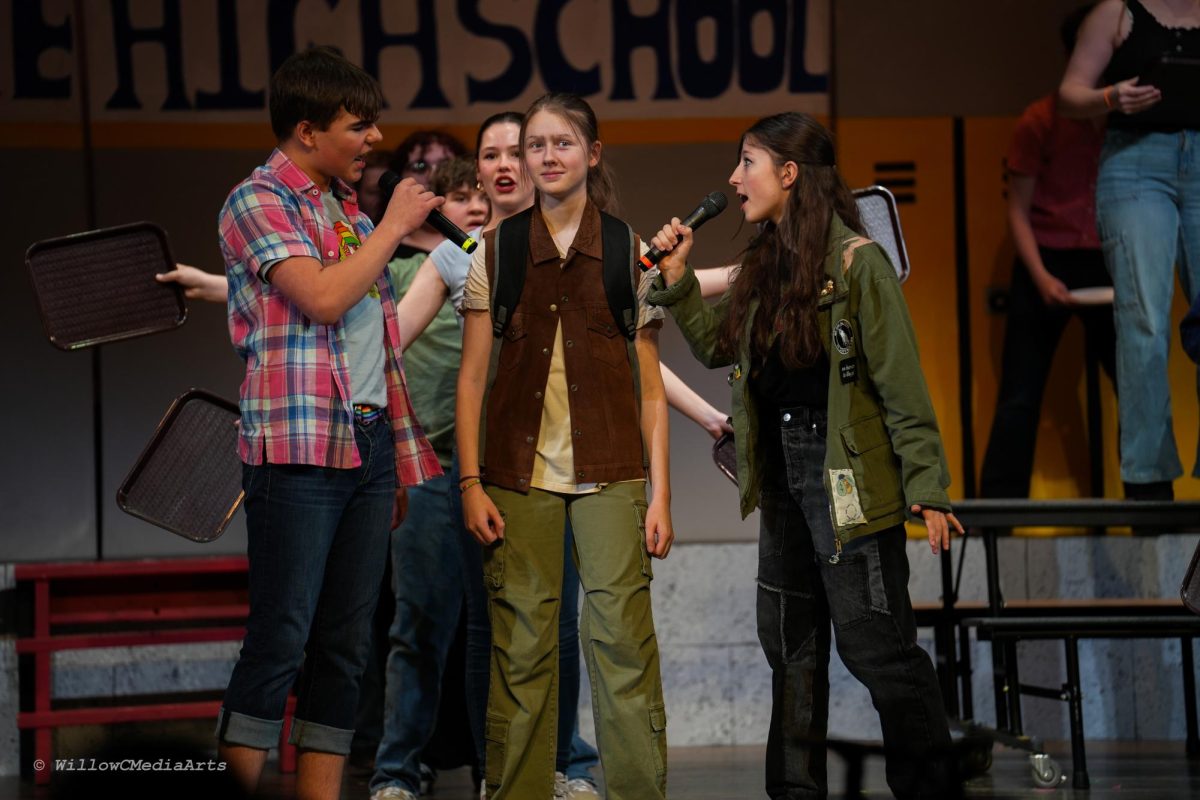


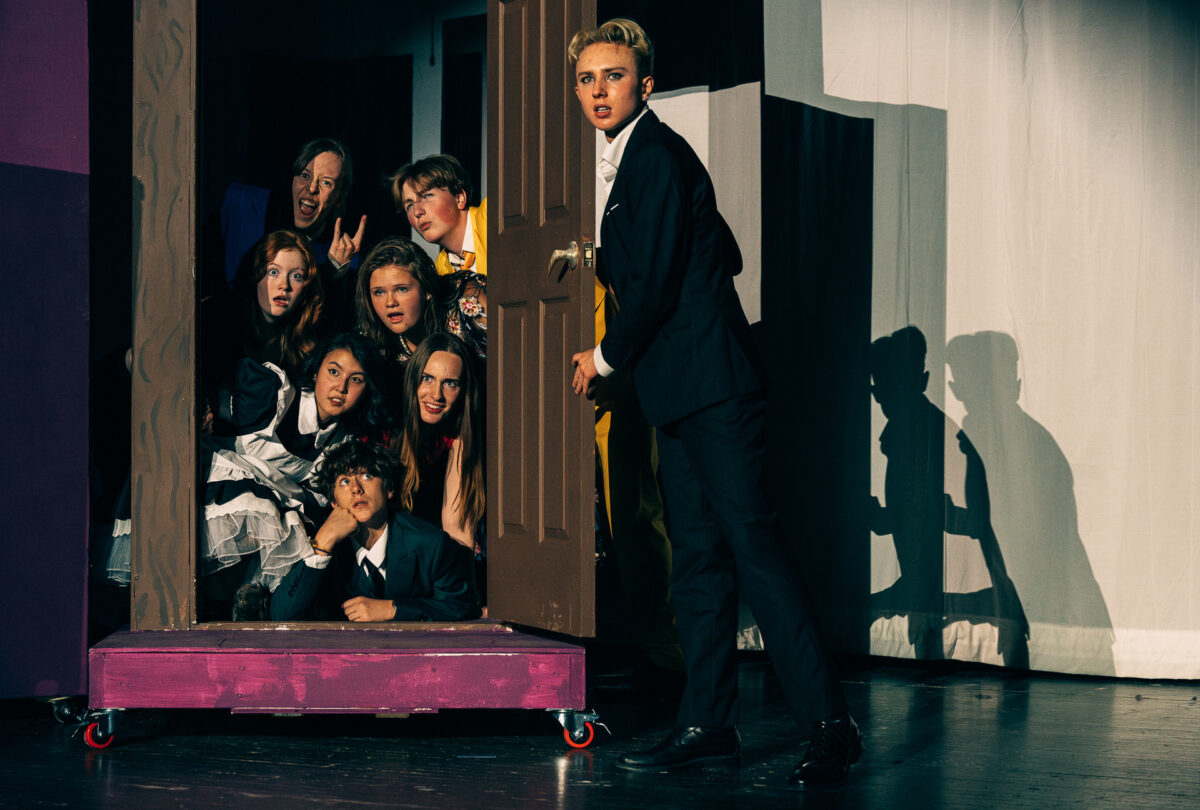
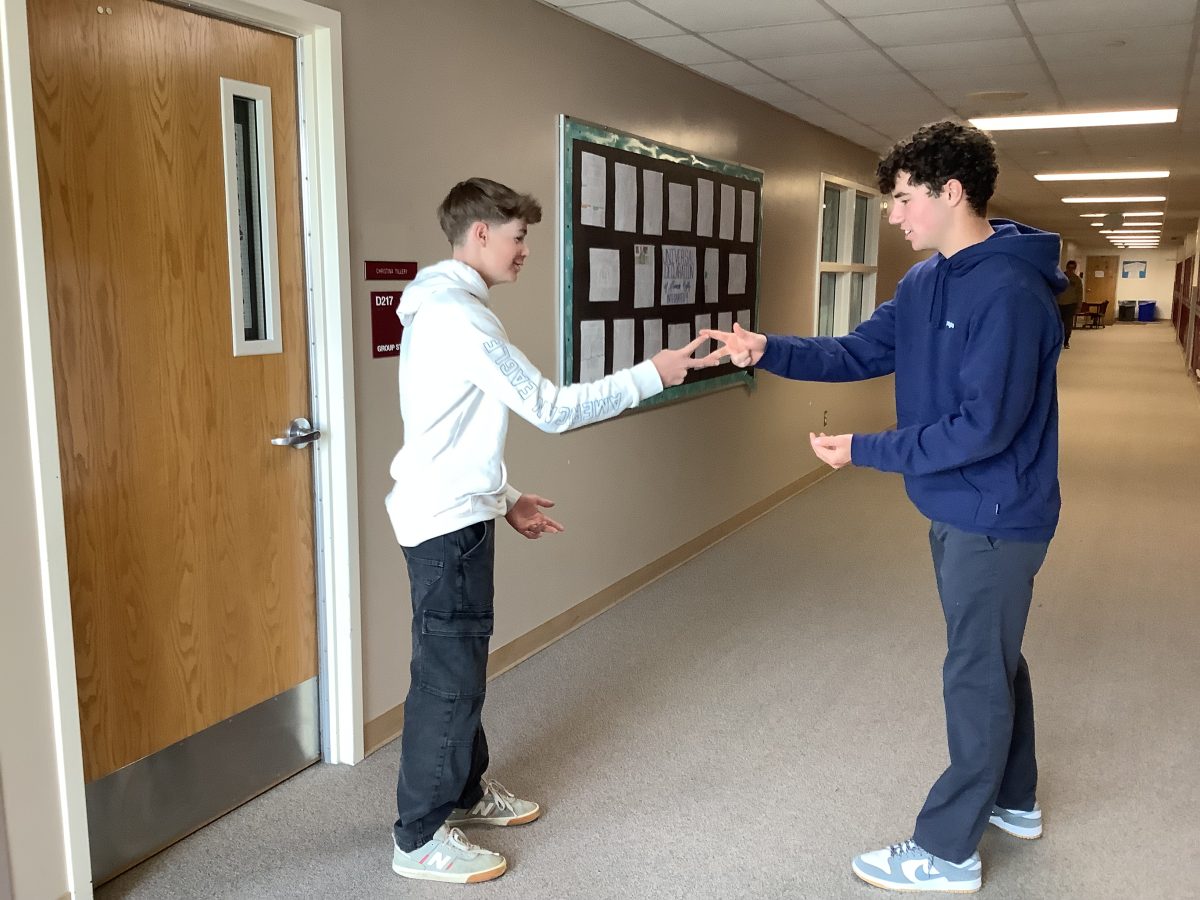
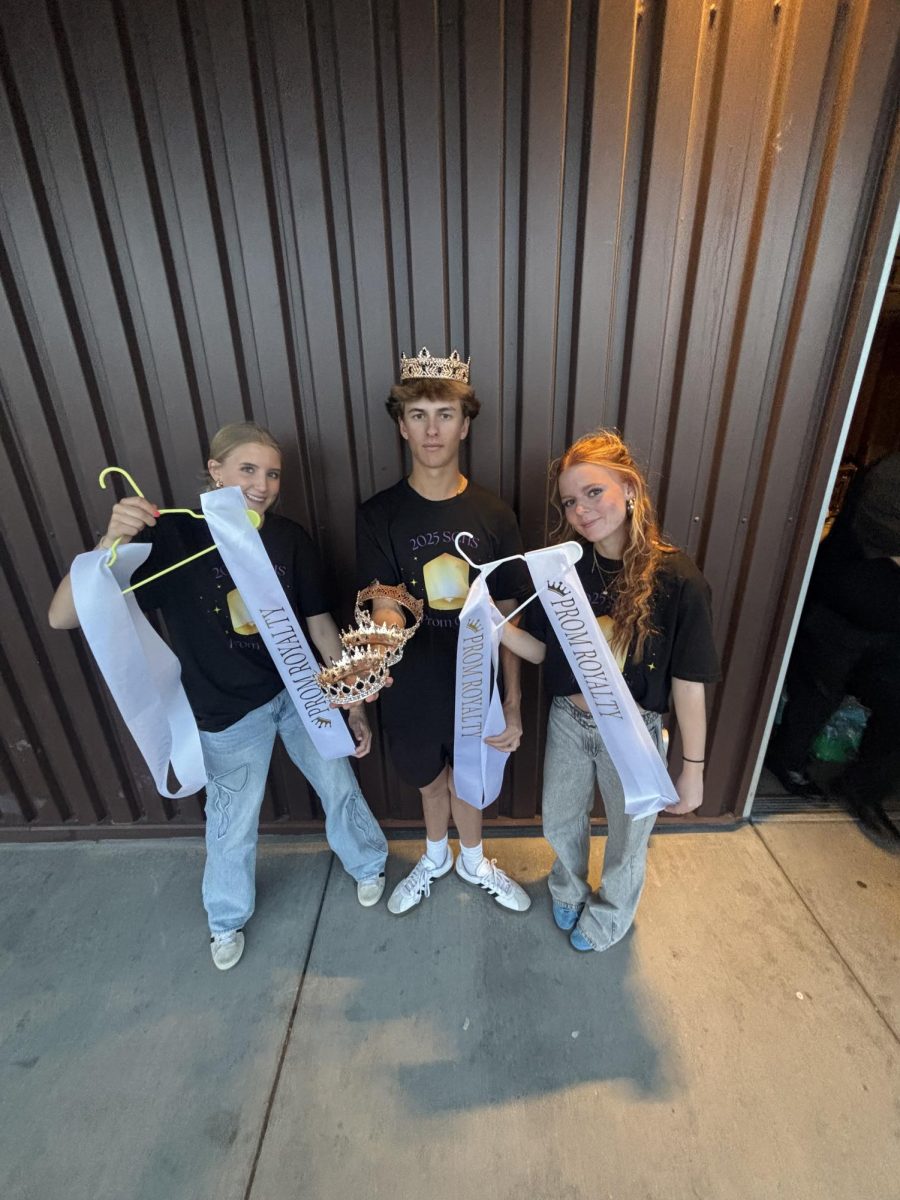

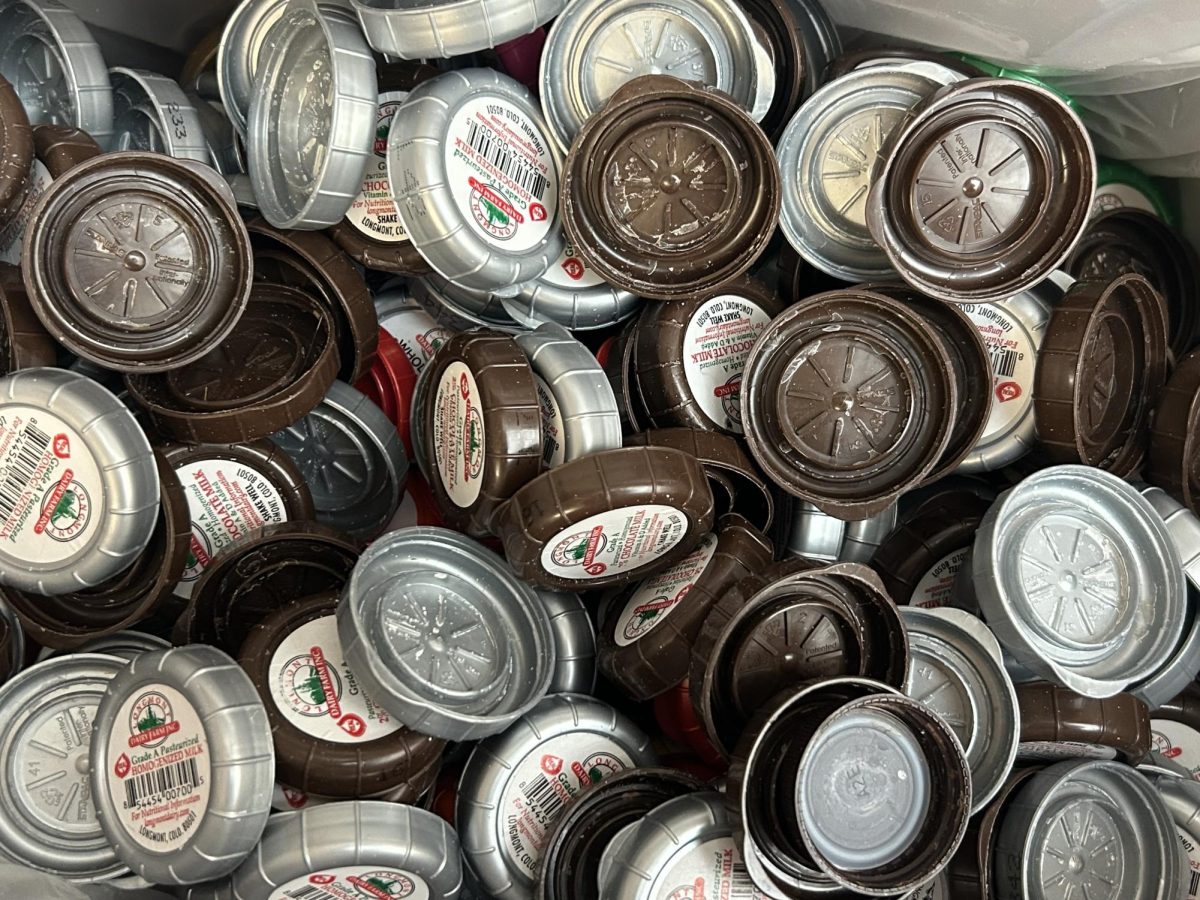
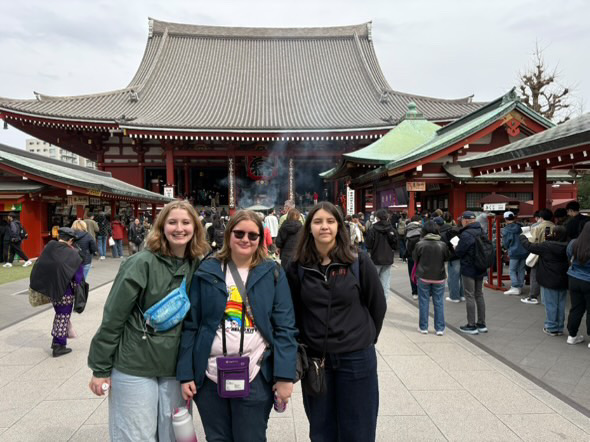
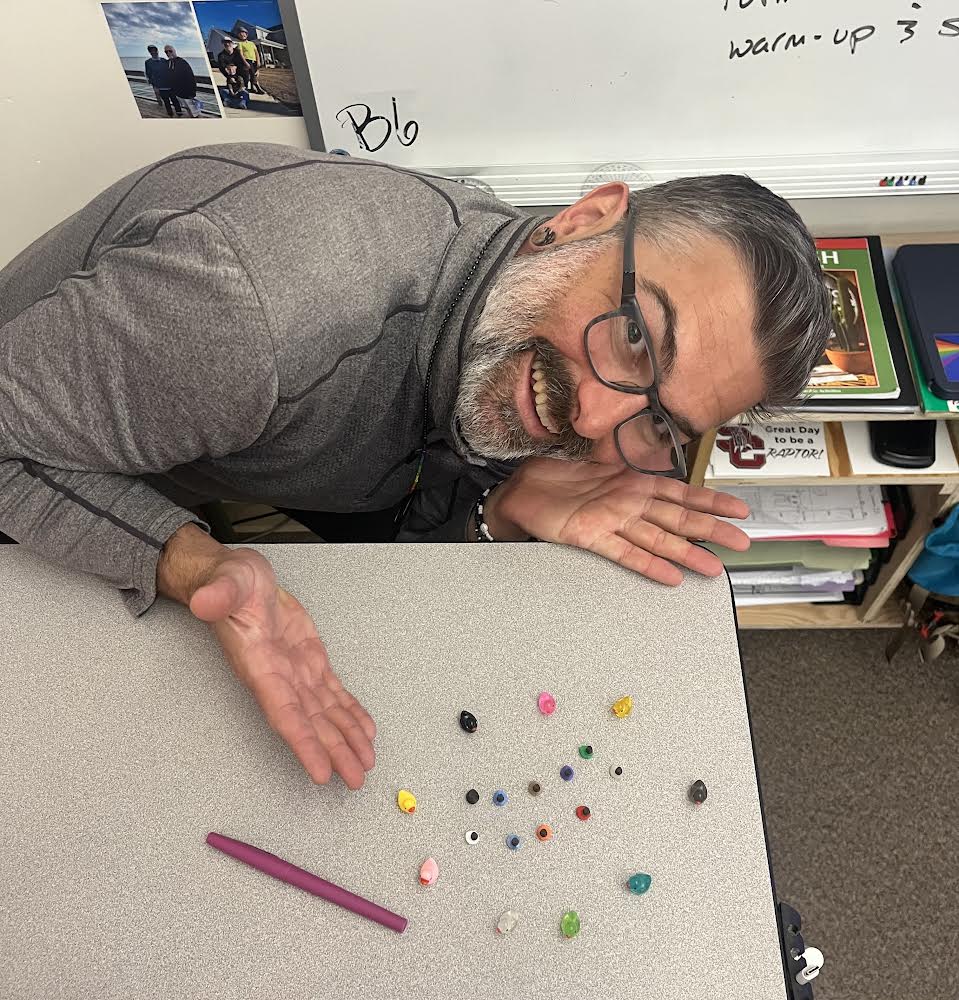
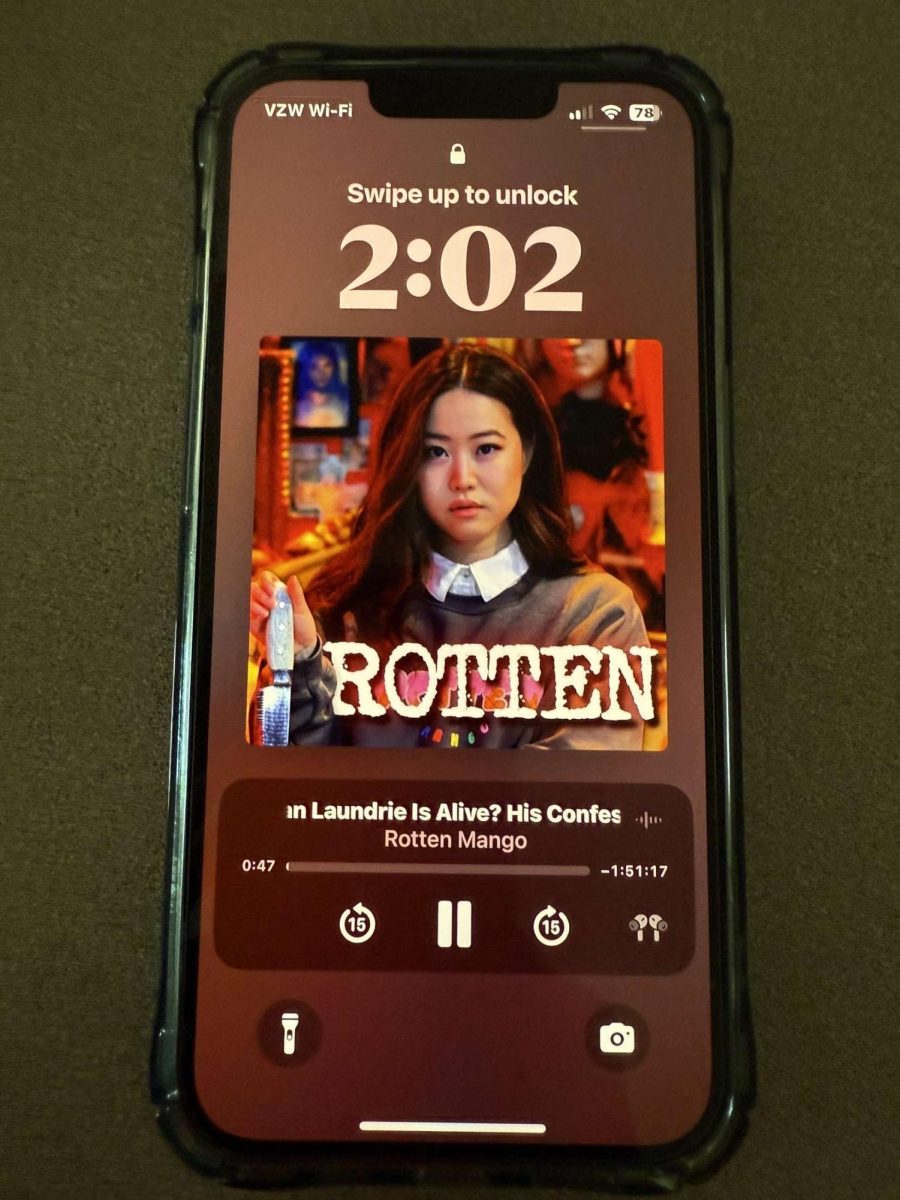

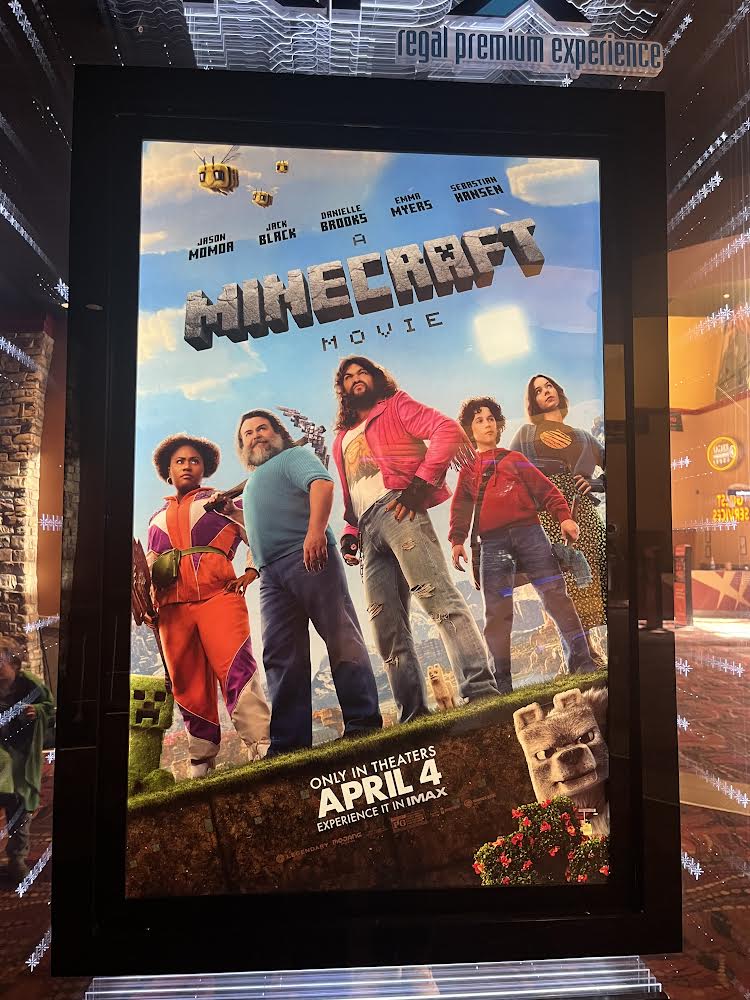
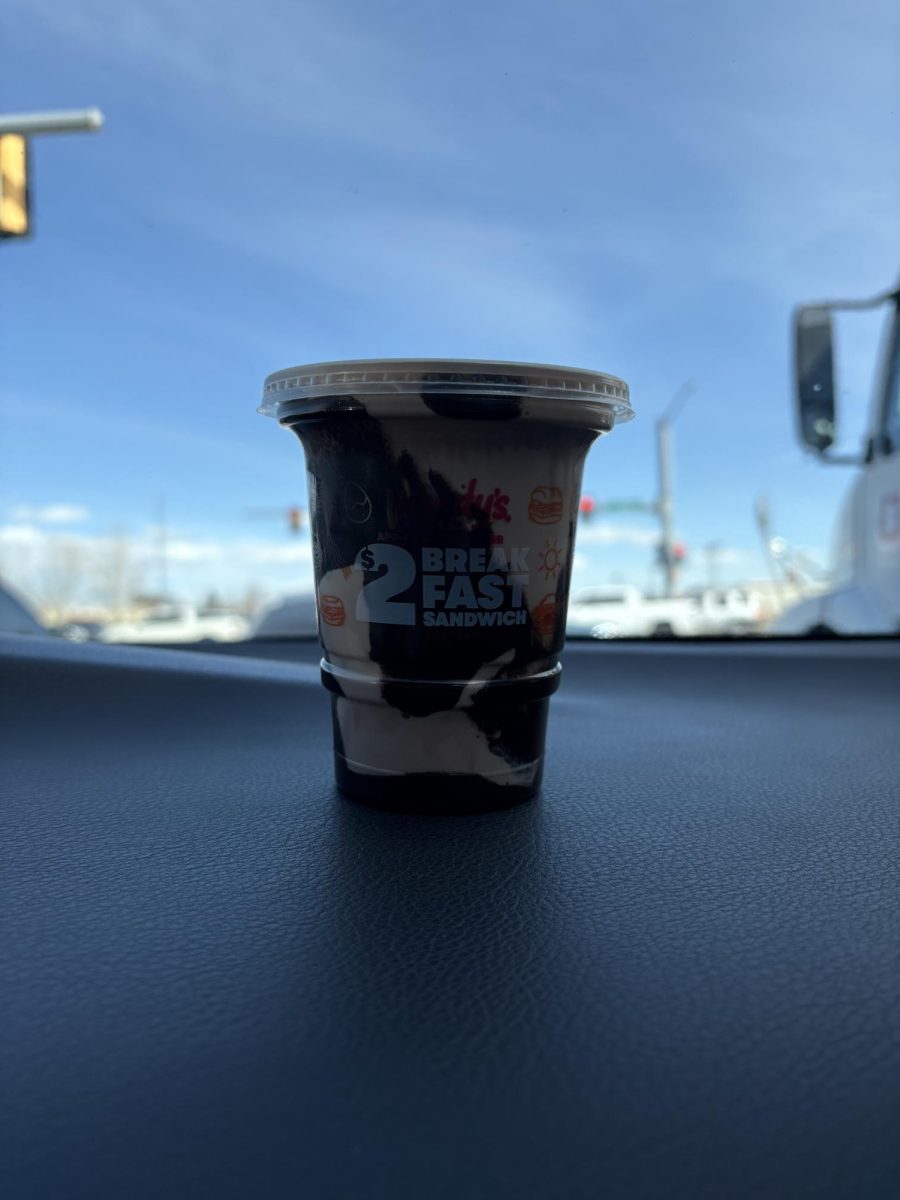

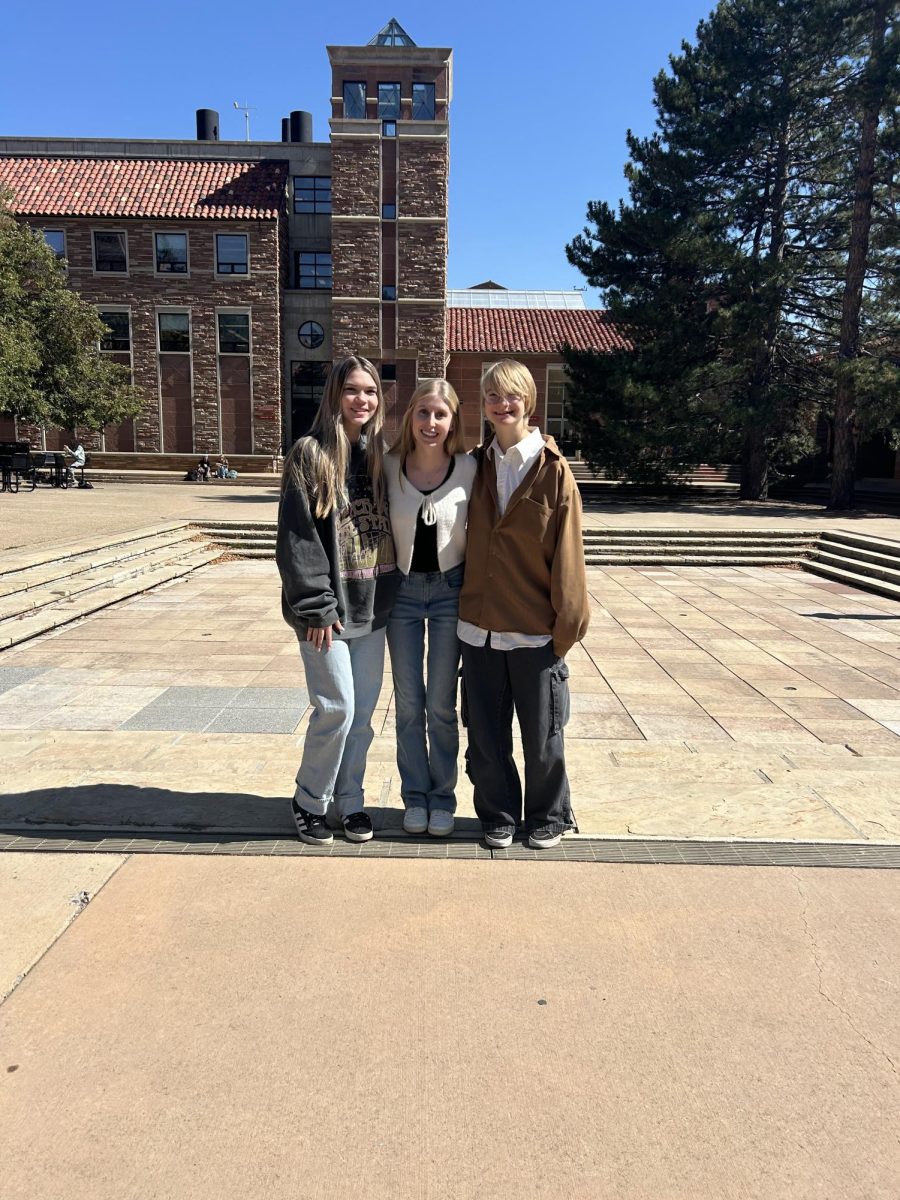
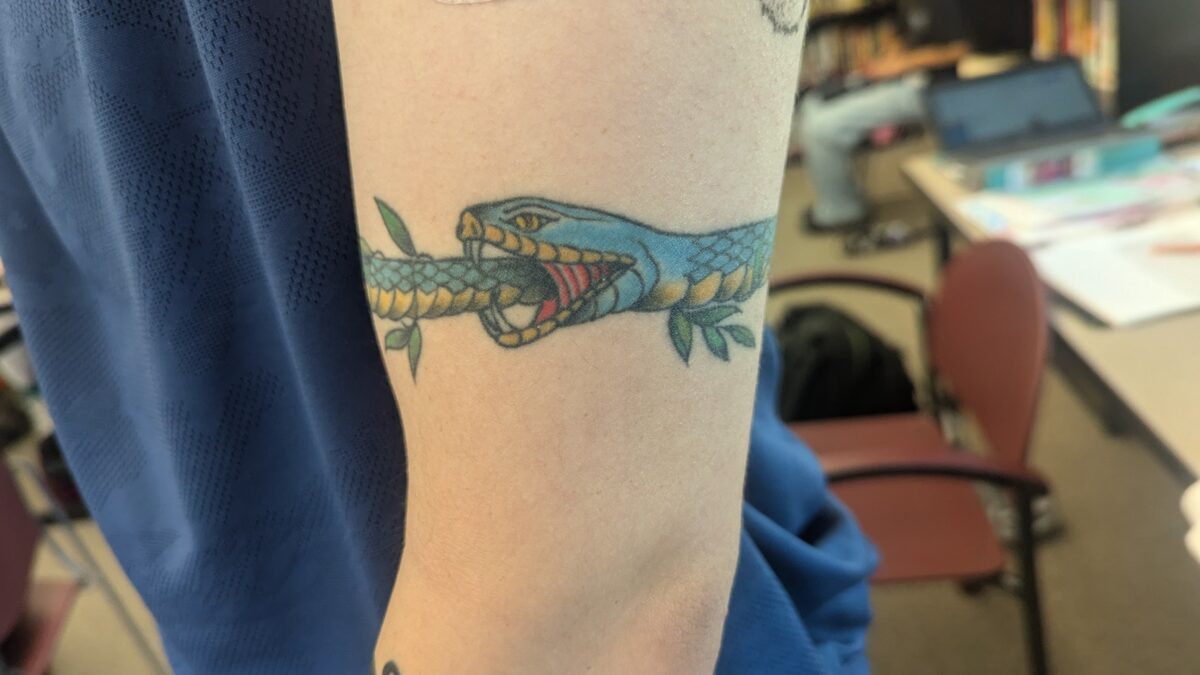
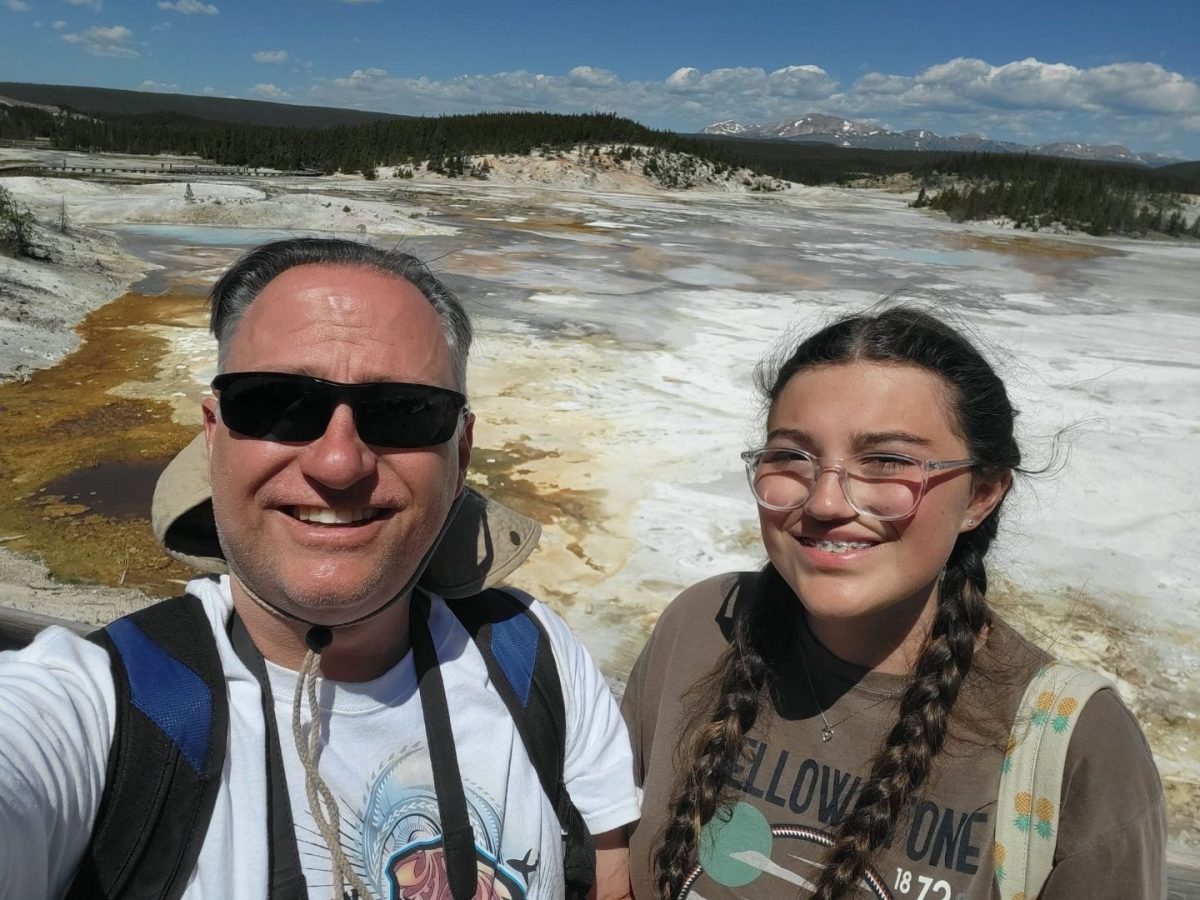
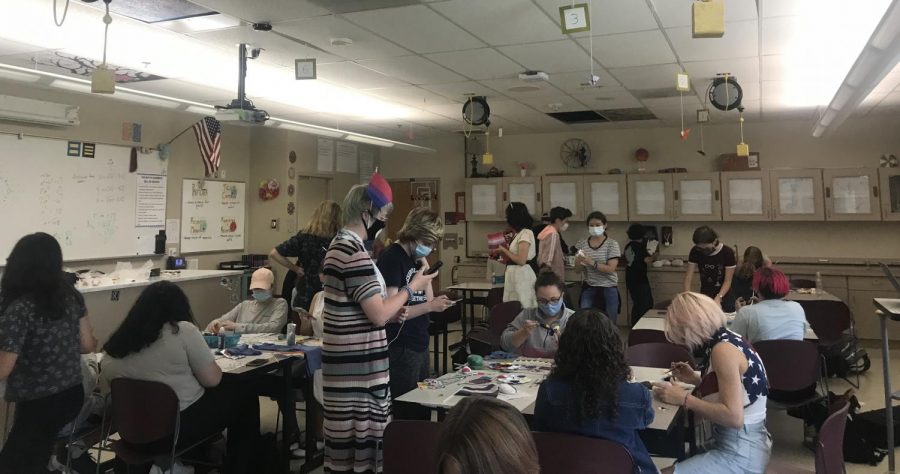

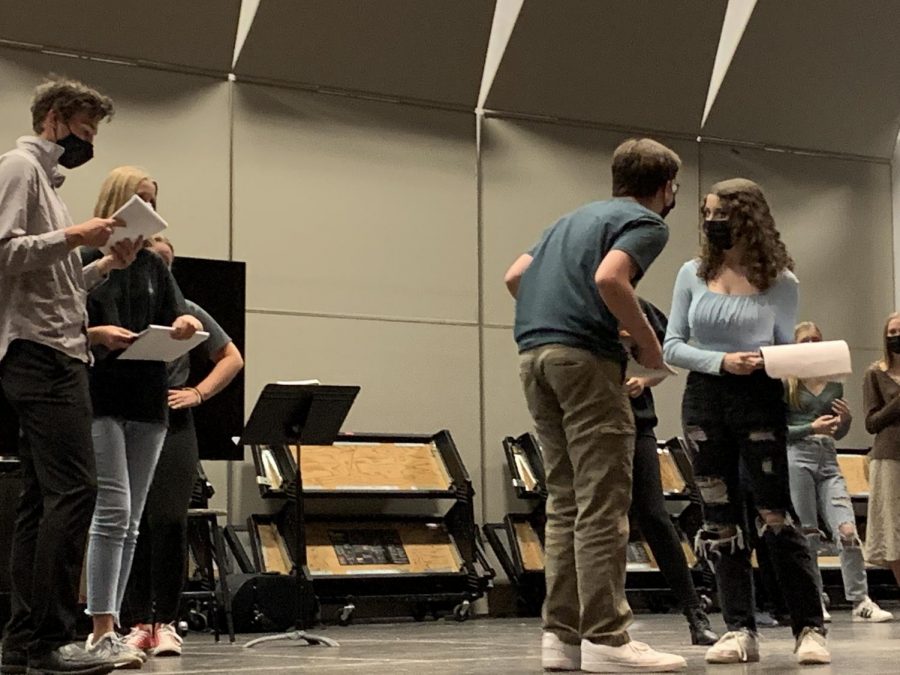
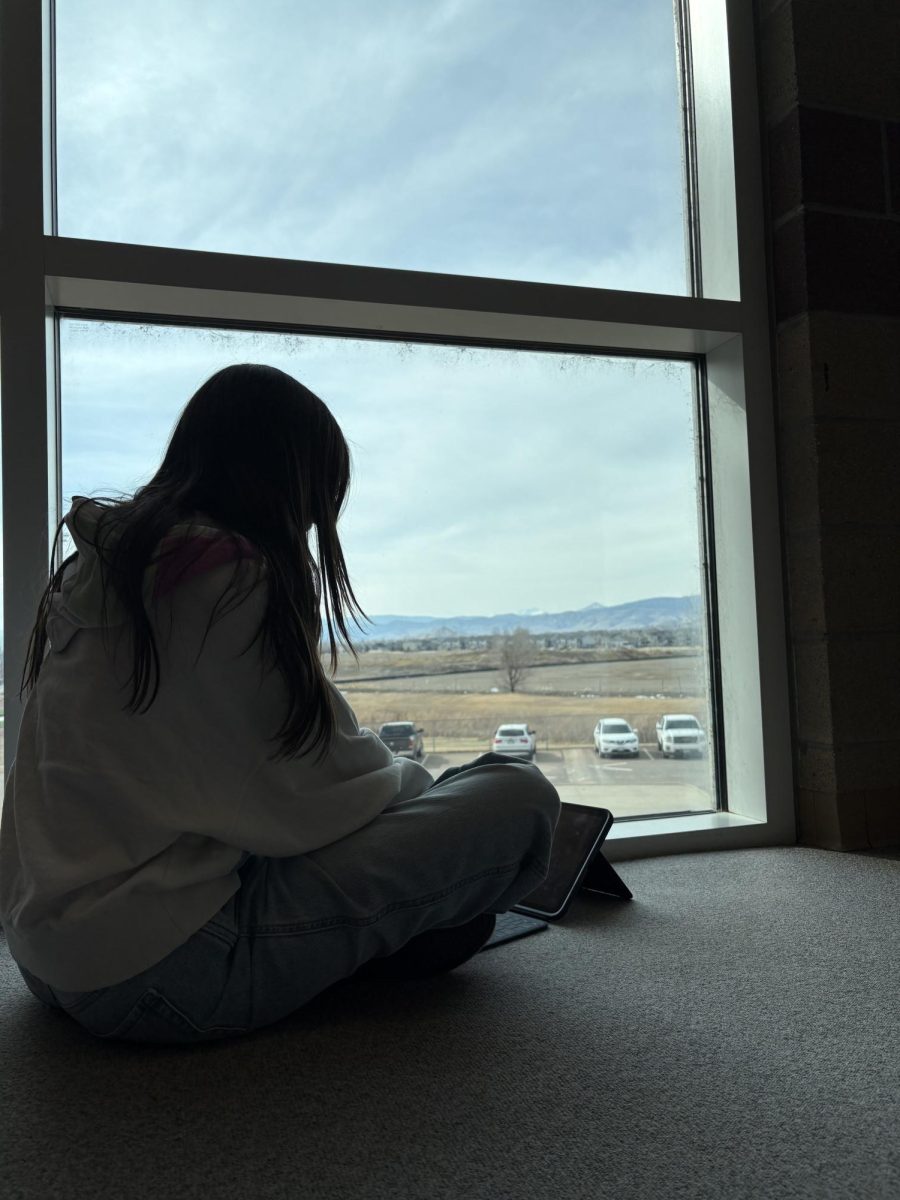




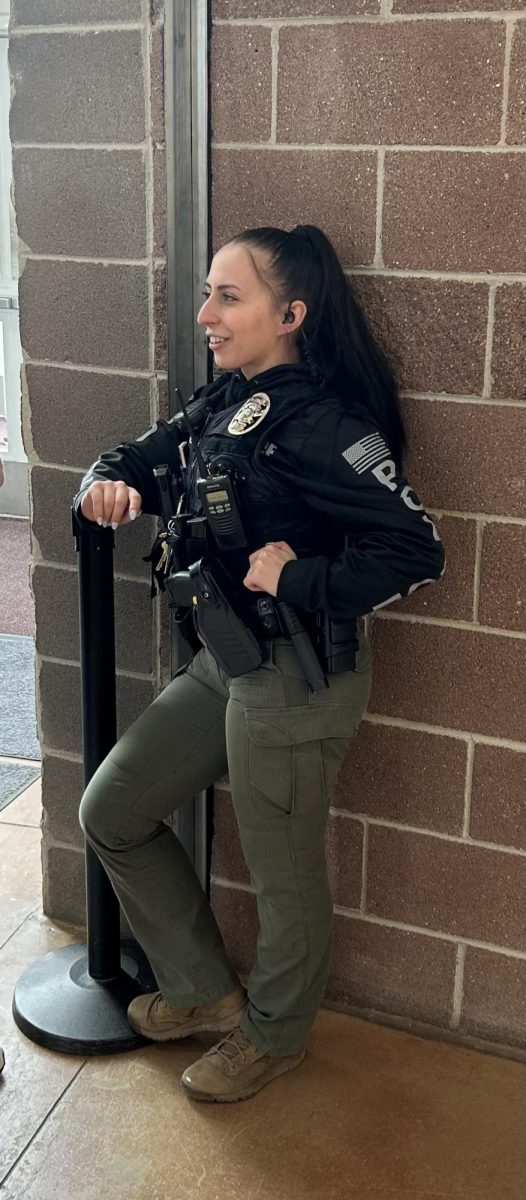

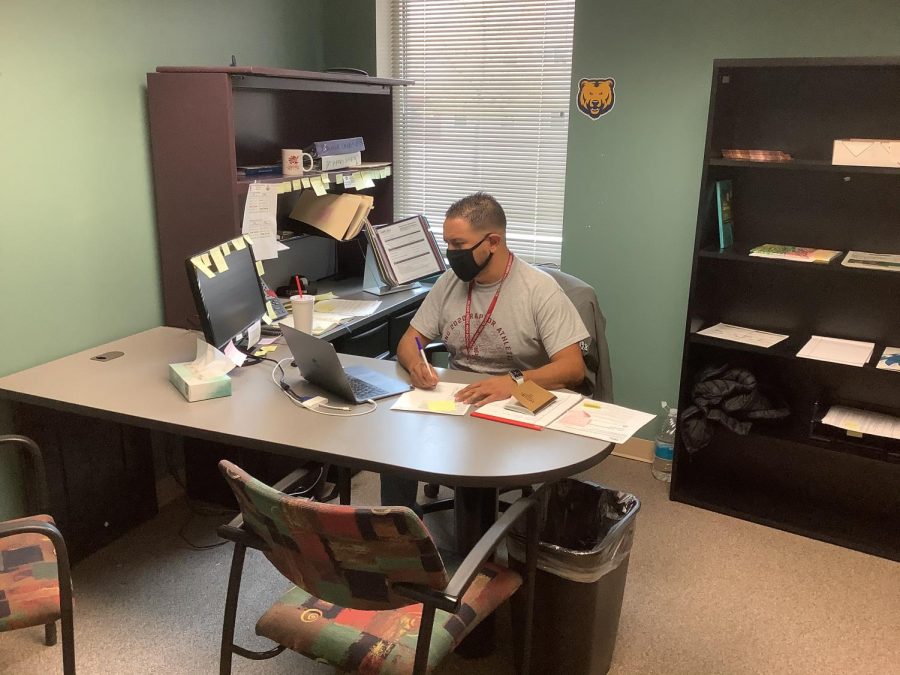
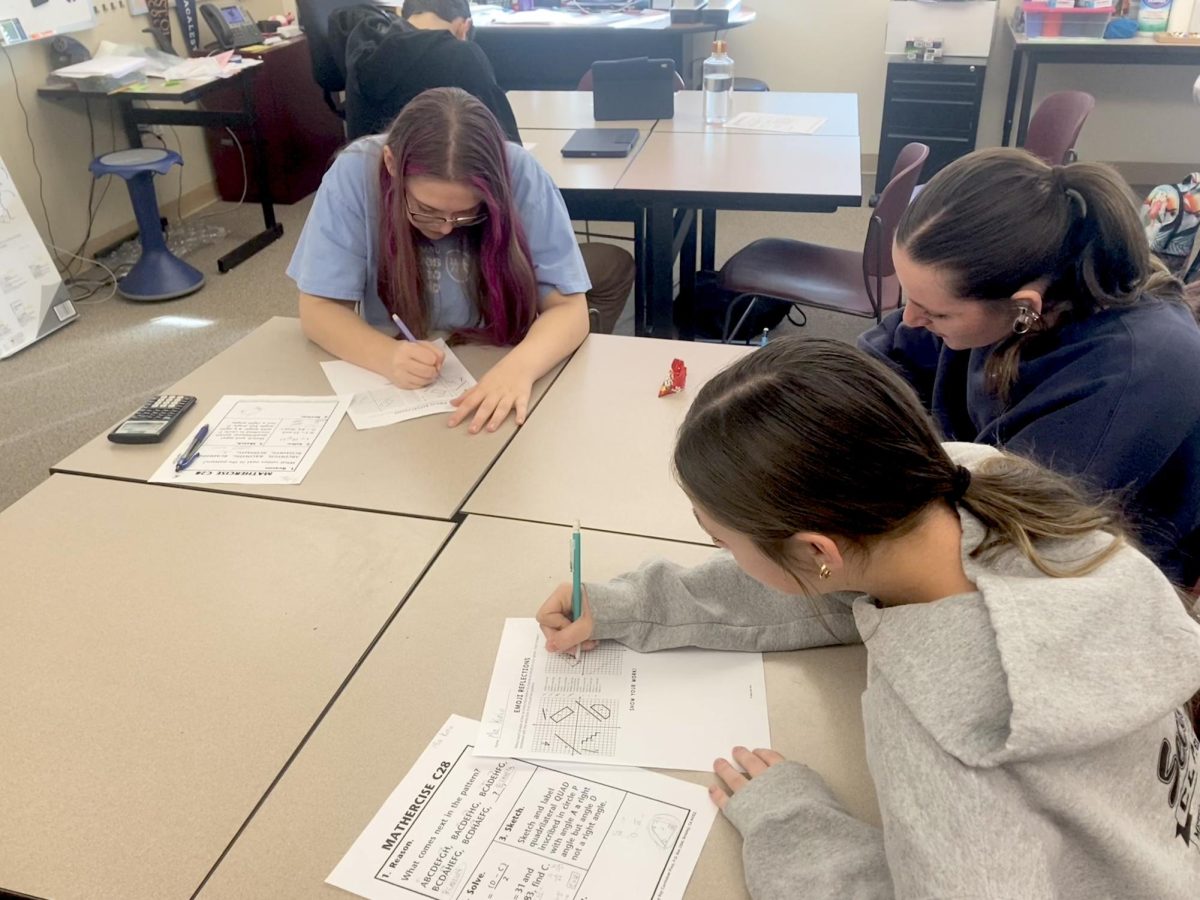
![Hosting the SCLA Casptone Mentor Dinner outside allowed for more attendees on September 27, 2021 at Silver Creek. This event would’ve usually been held inside. According to Lauren Kohn, a SCLA 12 teacher, “If we have a higher number of people, as long as we can host the event outside, then that seems to be keeping every[one] safe”.](https://schsnews.org/wp-content/uploads/2021/11/sxMAIGbSYGodZkqmrvTi5YWcJ1ssWA08ApkeMLpp-900x675.jpeg)

